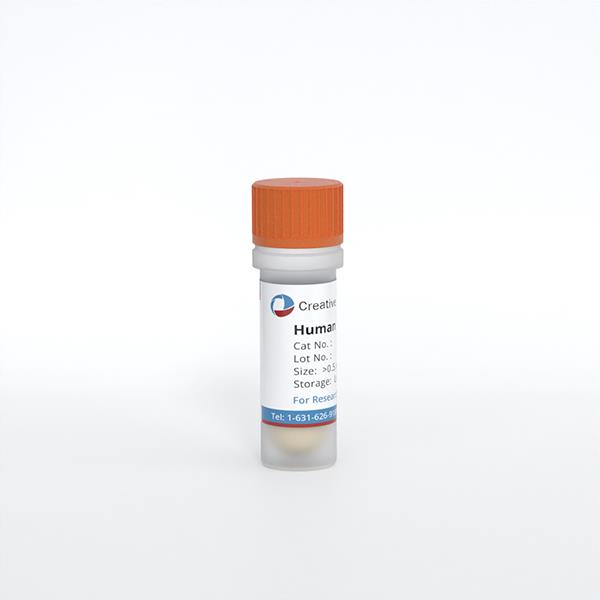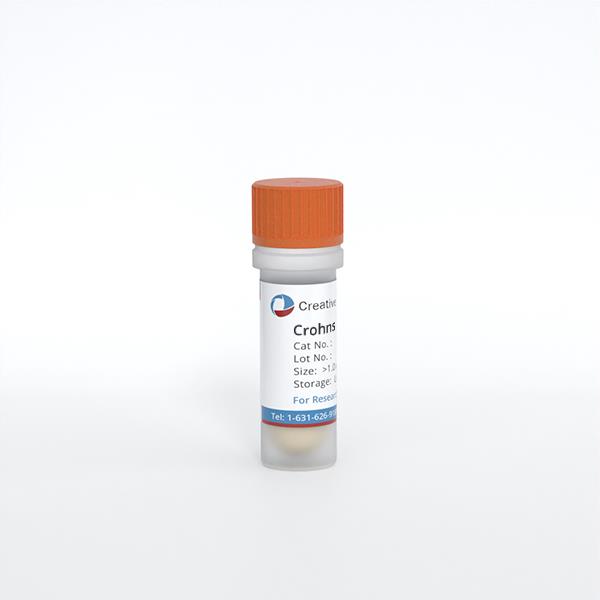ONLINE INQUIRY

Human Colon Cancer-Associated Fibroblasts
Cat.No.: CSC-C4710Z
Species: Human
Source: Colon; Intestine
Cell Type: Fibroblast
- Specification
- Q & A
- Customer Review
Never can cryopreserved cells be kept at -20 °C
"Normal" means that the cells in question are isolated from normal healthy tissue rather than diseased tissue to obtain primary cultures. "Normal" also refers to a population of cells that constitute a cell lineage according to the traditional definition above, rather than a continuous cell lineage, because the cells are genetically unaltered and do not have unlimited growth potential.
Ask a Question
Average Rating: 5.0 | 1 Scientist has reviewed this product
Good after-sales services
The cellular products have a good after-sales service, which provides a guarantee for our research.
27 Jan 2021
Ease of use
After sales services
Value for money
Write your own review



